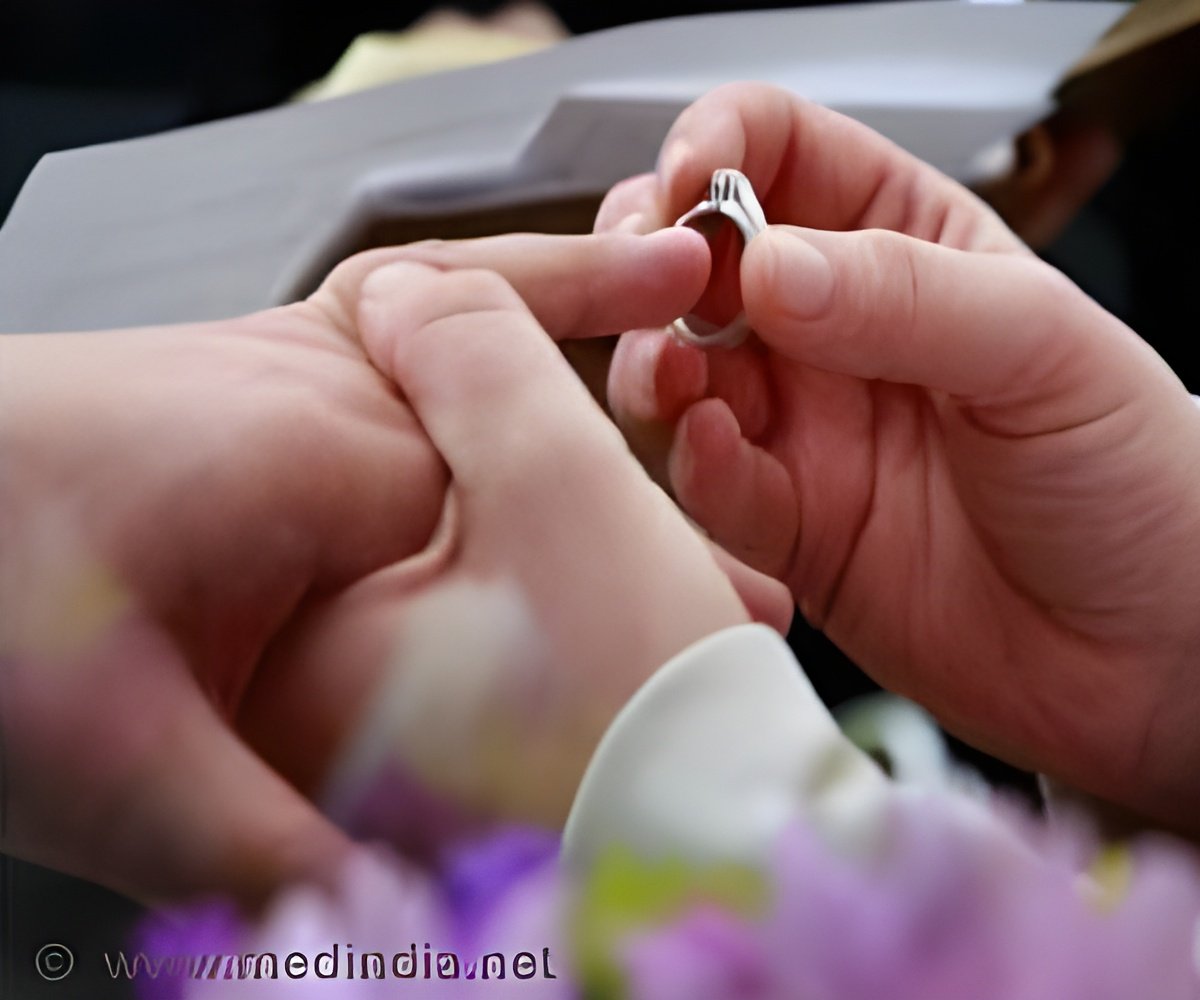Kanya's thoughts of a new life in Australia after arriving from India quickly turned into a nightmare.

The fate of the 18-year-old, whose name has been changed to protect her identity, mirrors that of others in "slave-like" relationships that Salvation Army worker Jenny Stanger has taken in at a Sydney refuge for trafficked people in recent years.
The women came to Australia under the promise of a happy marriage, only to be exploited by their partners.
"It's an absolute deception on the part of the perpetrator," Stanger told AFP of a problem involving nearly a quarter of her safehouse's residents. Immigration figures show women in such situations come from China, India, the Philippines and Vietnam among others.
"Marriage was the tool that was used to exploit the women for profit, gain or personal advantage."
In a typical case, the migrant wife would face "extreme isolation, extreme denial of their basic rights around freedom of movement, possibly an exploitation of their labour...and being denied money", she said.
Researcher Samantha Lyneham, co-author of the first Australian study looking into the exploitation of women through migrant relationships beyond forced marriages, said the reluctance of victims to report crimes was a problem -- such is their dependence on their abusers.
An inaugural Global Slavery Index published by the Walk Free Foundation in October said roughly 30 million people were living in modern-day slavery, of whom up to 3,300 were in Australia.
- 'He would lock me outside' -
Lyneham's new Australian Institute of Criminology report recorded the experiences of eight female victims -- including Kanya -- aged 18 to 49, mostly from Southeast Asia, but also the Pacific, the Middle East and Eastern Europe.
They found that while some women moved to Australia on marriage visas in search of economic opportunities, others did so for love and to start a family.
All the women had consented to their marriages, having met their spouses through arranged situations, family links, online dating sites and chance encounters. Seven of the women said they married their husbands outside Australia.
Case workers said the husbands -- half of whom were from the same countries of origin as the women -- were most likely to be dual-citizens.
One woman told of how her husband would lock her out of the house at night. "I would have to stay in the tree overnight," she said.
Others told of sexual violence and coerced pregnancies, according to the report.
The women said their passports were taken and they were blocked from using telephones or having access to money.
- 'Clandestine crime' -
Lyneham said although the interviews showed cases had been "happening for some time", it was also clear when she raised the issue with authorities that some were not aware of it.
"It's a clandestine type of crime that people mistake for domestic violence," Lyneham said.
The use of domestic violence laws to address cases highlights the difficulties in identifying and prosecuting such crimes, which cut across legislation separately targeting human trafficking, slavery and domestic abuse.
Official Australian data between July 2001 and June 2011 showed 337,127 people were granted partner migration visas, with Britain, China and India the most common countries of origin.
Between July 2006 and December 2011, 3,654 people on the visas obtained protection under the Family Violence Provision.
This allows them to apply for permanent residency if they or a family member are subjected to violence. About 12 percent came from China, 10 percent from the Philippines and eight percent from Vietnam. Others came from India, Britain, Thailand and Fiji.
Lyneham said while the numbers appeared low, previous research showed under-reporting, particularly in migrant communities.
Prime Minister Tony Abbott in June announced more than Aus$100 million (US$94 million) to fight domestic violence, and vowed a "particular focus" on women from culturally diverse and indigenous backgrounds.
Forced marriages were criminalised and laws against forced labour were strengthened in 2013.
Case worker Eman Sharobeem, a former child bride who was abused during her marriage, said some women who approached her for help were not comfortable pursuing their husbands through the legal system.
While she worked with politicians to help formulate the 2013 laws, what "we are really interested in is educating the community more than just having a law to guide them".
Her views are echoed by Salvation Army worker Stanger, who praised the legislation but added: "They (victims) are looking for a way out, so ... the more doors we can open, the more likely someone is going to step through that door."
Source-AFP
 MEDINDIA
MEDINDIA




 Email
Email




